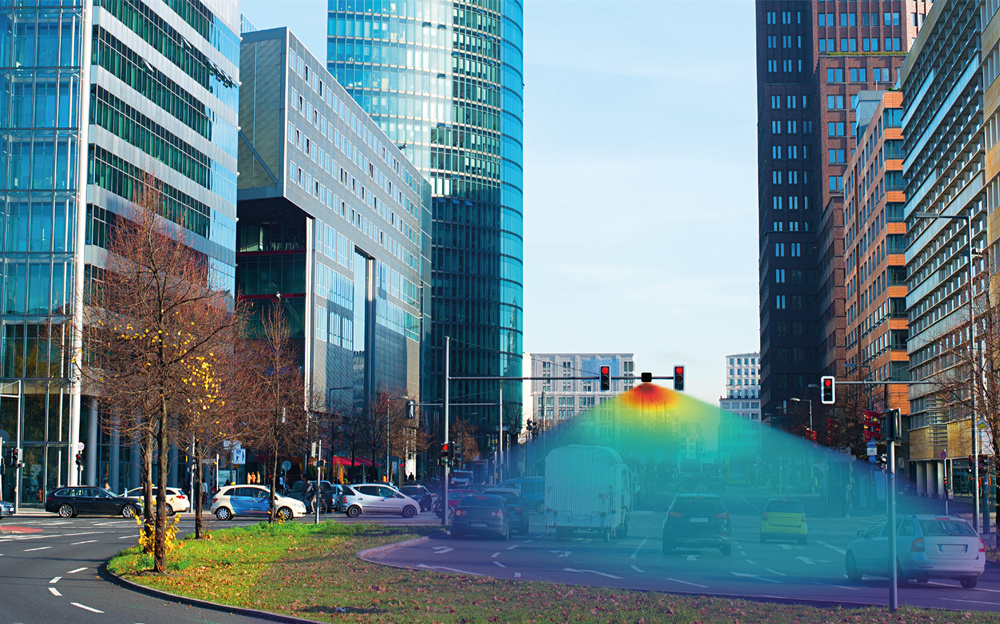Traffic Light Sensors: The Backbone of Modern Smart Traffic Systems

Traffic light sensors are pivotal in transforming urban mobility, enabling adaptive signal control, reducing congestion, and improving road safety. By integrating radar, cameras, and AI, these sensors provide real-time data to optimize traffic flow and support autonomous vehicles. This article explores the technological advancements, applications, and future trends of traffic light sensors, emphasizing their role in building sustainable smart cities.
- Core Technologies Behind Traffic Light Sensors
1.1 Radar and LiDAR Integration
Modern traffic sensors combine radar and LiDAR to detect vehicle speed, distance, and trajectory with millimeter precision. For instance, the A9 Intersection Dataset (synchronized LiDAR and camera data) highlights how 3D object tracking improves detection accuracy in complex urban environments.
1.2 Computer Vision and Deep Learning
Deep learning models like YOLOv5 and U-Net with ResNet-34 backbones (used in DualCam and intelligent streetlight systems) enable real-time traffic light classification and semantic segmentation. These models process CCTV feeds to adjust signal timings dynamically, reducing energy waste by 20-30% in low-traffic zones.
1.3 Edge Computing for Low-Resource Deployment
Solutions like TinyLight demonstrate how lightweight reinforcement learning (RL) models can run on microcontrollers with only 2KB RAM, making sensor networks scalable and cost-effective for developing regions.
- Applications in Smart Traffic Management
2.1 Adaptive Signal Control Systems
- DenseLight & CityLight: These RL-based frameworks use dense feedback from sensors to optimize signal phases across large networks, improving throughput by 22.59% in migration scenarios.
- ADLight: A universal RL model that generalizes across intersections, reducing training time by 80% while maintaining 95% efficiency compared to single-environment models.
2.2 Collision Prevention and Safety
- SafeLight: Integrates safety standards into RL algorithms, reducing intersection collisions by 40% while maintaining traffic mobility.
- Autonomous Vehicle Coordination: Sensors feed real-time signal data to self-driving systems like TIN (Traffic Intention Net), which bypasses high-definition maps to interpret signals directly from camera inputs.
2.3 Energy Efficiency
Smart streetlights using semantic segmentation (e.g., CNN-based systems) dim lights when no pedestrians or vehicles are detected, cutting energy costs by 35%.
- Challenges and Solutions
3.1 Heterogeneous Signal Standards
China’s lack of unified traffic light designs (e.g., Tianjin’s “progress bar” signals) complicates detection. Solutions include:
- Data Augmentation: Movement shuffle techniques (used in ADLight) and synthetic datasets like D22-City to cover rare scenarios.
- Closed-Loop Annotation Systems: Ideal Auto’s self-labeling pipeline automates data tagging for 338 cities, reducing reliance on manual updates.
3.2 Dependency on High-Precision Infrastructure
- NTCIP Protocol Compliance: Aligning phase definitions (e.g., green intervals, offsets) with international standards ensures interoperability.
- Transformer-Based Models: TIN networks use spatiotemporal attention to mitigate GPS drift and map inaccuracies in urban canyons.
- Future Trends
4.1 Large Language Models (LLMs) in Traffic Control
- LLMLight & LightGPT: These frameworks leverage GPT-4’s reasoning to interpret sensor data and optimize signals, reducing wait times by 17.5% without retraining.
4.2 Decentralized Edge Networks
Microcontroller-compatible models like TinyLight enable low-cost deployment in remote areas, democratizing smart traffic solutions.
4.3 Human-Centric Design
Future systems will prioritize pedestrian and cyclist detection using multi-camera pipelines, as seen in the DualCam dataset, which balances speed and accuracy for autonomous navigation.
